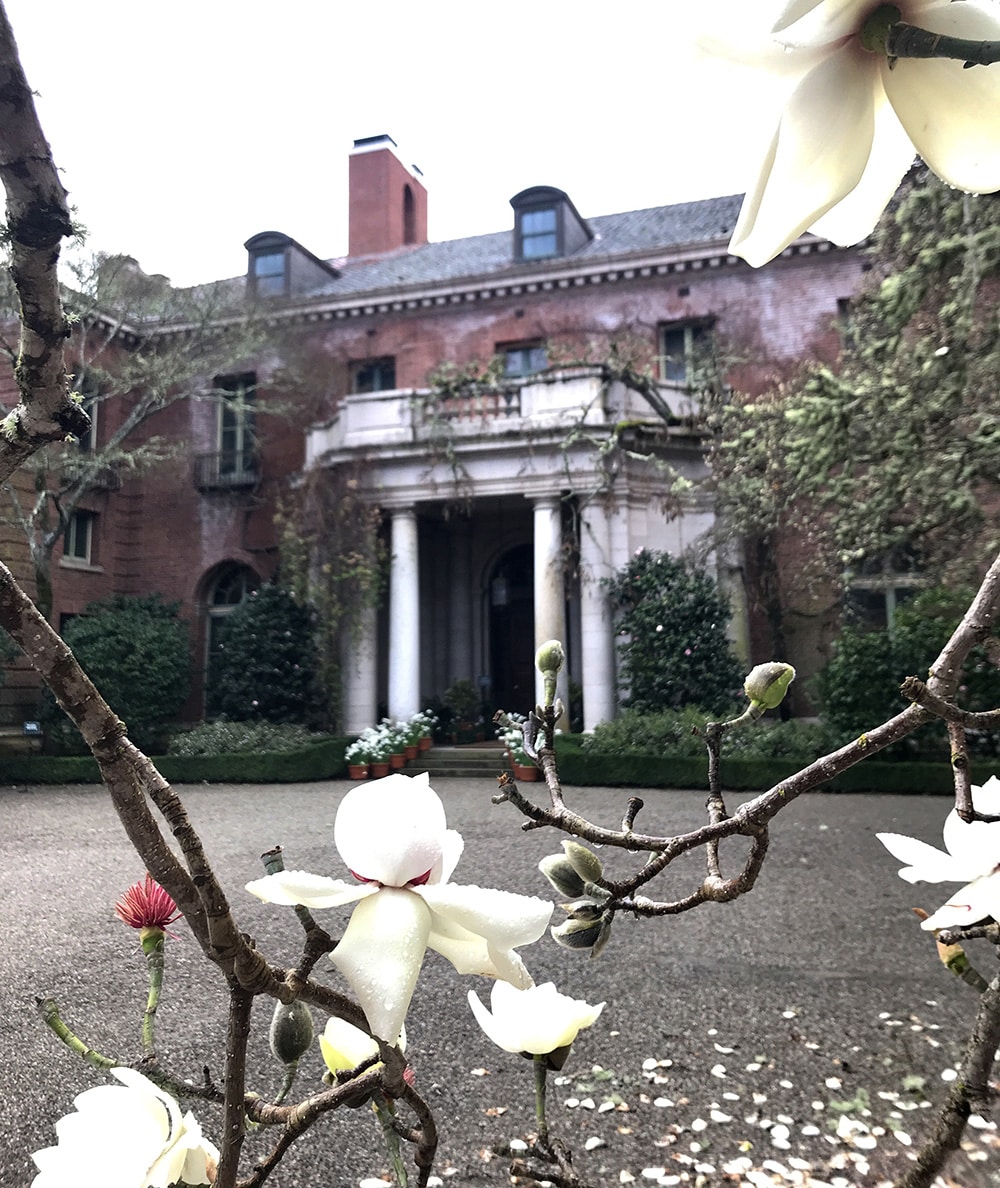What is Winter Solstice?

By Julie Bly Devere
The winter solstice, also known as midwinter, is an astronomical phenomenon marking the day with the shortest period of daylight and the longest night of the year. In the Northern Hemisphere, this is the
December solstice and in the Southern Hemisphere, this is the June solstice.
More evident from high latitudes, a hemisphere’s winter solstice occurs on the day with the shortest period of daylight and longest night of the year, when the sun’s daily maximum elevation in the sky is at its lowest. The seasonal significance of the winter solstice is in the reversal of the gradual lengthening of nights and shortening hours of daylight during the day.
The solstice may have been a special moment of the annual cycle for some cultures even during Neolithic times. Worldwide, interpretation of the event has varied across cultures, but many have held a recognition of rebirth, involving holidays, festivals, gatherings, rituals or other celebrations around that time.
The winter solstice was immensely important because the people were economically dependent on monitoring the progress of the seasons. In temperate climates, the midwinter festival was the last feast celebration, before deep winter began. Most cattle were slaughtered so they would not have to be fed during the winter, so it was almost the only time of year when a plentiful supply of fresh meat was available. The majority of wine and beer made during the year was finally fermented and ready for
drinking at this time. Because the event was seen as the reversal of the Sun’s ebbing presence in the sky, concepts of the birth or rebirth of sun gods have been common and, in cultures which used cyclic calendars based on the winter solstice, the “year as reborn” was celebrated with reference to life-death-rebirth deities or “new beginnings”, and New Year cleaning traditions.”{modified from online source}
We’re excited to celebrate the Winter Solstice this year, and for years to come!
